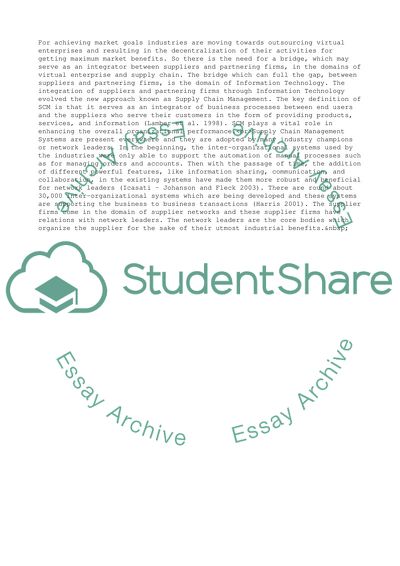Cite this document
(Role of IT in Supply Chain Management Assignment, n.d.)
Role of IT in Supply Chain Management Assignment. Retrieved from https://studentshare.org/management/1736611-apply-information-technology-and-e-commerce-in-hospitality-industry
Role of IT in Supply Chain Management Assignment. Retrieved from https://studentshare.org/management/1736611-apply-information-technology-and-e-commerce-in-hospitality-industry
(Role of IT in Supply Chain Management Assignment)
Role of IT in Supply Chain Management Assignment. https://studentshare.org/management/1736611-apply-information-technology-and-e-commerce-in-hospitality-industry.
Role of IT in Supply Chain Management Assignment. https://studentshare.org/management/1736611-apply-information-technology-and-e-commerce-in-hospitality-industry.
“Role of IT in Supply Chain Management Assignment”, n.d. https://studentshare.org/management/1736611-apply-information-technology-and-e-commerce-in-hospitality-industry.


